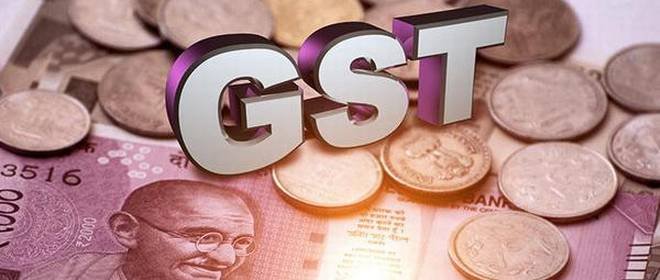- February 2010: The government introduced the mission-mode project that laid the foundation for GST. This project, with a budgetary outlay of Rs.1,133 crore, computerized commercial taxes in states. Following this, the implementation of GST was pushed by one year.
- March 2011: The government led by the Congress party puts forth the Constitution (115th Amendment) Bill for the introduction of GST. Following a protest by the opposition party, the Bill was sent to a standing committee for a detailed examination.
- June 2012: The standing committee starts a discussion on the Bill. Opposition parties raised concerns over the 279B clause that offers additional powers to the Centre over the GST dispute authority.
- November 2012: Chidambaram and the finance ministers of states hold meetings and set the deadline for resolution of issues as 31 December 2012.
- February 2013: The finance minister, during the budget session, announces that the government will provide Rs.9,000 crore as compensation to states. He also appeals to the state finance ministers to work in association with the government for the implementation of the indirect tax reform.
- August 2013: The report created by the standing committee is submitted to the parliament. The panel approves the regulation with few amendments to the provisions of the tax structure and the mechanism of resolution.
- October 2013: The state of Gujarat opposes the Bill, as it would have to bear a loss of Rs.14,000 crore per annum, owing to the destination-based taxation rule.
- May 2014: The Constitution Amendment Bill lapses. This is the same year that Narendra Modi was voted into power at the Centre.
- December 2014: India’s new finance minister, Arun Jaitley, submits the Constitution (122nd Amendment) Bill, 2014 in the parliament. The opposition demanded that the Bill be sent for discussion to the standing committee.
- February 2015: Jaitley, in his budget speech, indicated that the government is looking to implement the GST system by 1 April 2016.
- May 2015: The Lok Sabha passes the Constitution Amendment Bill. Jaitley also announced that petroleum would be kept out of the ambit of GST for the time being.
- August 2015: The Bill is not passed in the Rajya Sabha. Jaitley mentions that the disruption had no specific cause.
- March 2016: Jaitley says that he is in agreement with the Congress’s demand for the GST rate not to be set above 18%. But he is not inclined to fix the rate at 18%. In the future, if the Government, in an unforeseen emergency, is required to raise the tax rate, it would have to take the permission of the parliament. So, a fixed rate of tax is ruled out.
- June 2016: The Ministry of Finance releases the draft model law on GST to the public, expecting suggestions and views.
- August 2016: The Congress-led opposition finally agrees to the Government’s proposal on the four broad amendments to the Bill. The Bill was passed in the Rajya Sabha with certain amendments.
- September 2016: The Honorable President of India gives his consent for the Constitution Amendment Bill to become an Act.
- 2017: Four Bills related to GST become Act, following approval in the parliament and the President’s assent:
Central GST Bill
Integrated GST Bill
Union Territory GST Bill
GST (Compensation to States) Bill
The Government declared that the GST Bill will be applicable from 1 July 2017, following a short delay that is attributed to legal issues.
Surprisingly, Prime Minister Narendra Modi had opposed the GST bill when he was CM of Gujarat along and joined later by Tamil Nadu CM Jayalalithaa due to the fact that it could eat up a significant chunk of Own Tax Revenue (OTR) of their respective states. This meant that the states adopting GST would have to either borrow money or give up some of the state-sponsored schemes promised to the locals.
However, thanks to a constant review of the GST guidelines, many incentives by the Centre have helped most of the states (barring Jammu and Kashmir) to successfully adopt the GST regime, and helping the progress of the nation in good stead! For example, the government has also doubled the rates for incentives under an export promotion scheme — MEIS — to 4 percent for readymade garments and made-ups. With GST in place, the export industry in India would now expect to fetch internationally competitive prices due to the really smooth process of claiming input tax credit (ITC) and the availability of input tax credit on services. The benefits of GST are boundless! From uniformity in taxation throughout the country, ending of cascaded taxes, simpler and lesser number of compliances and a composition scheme for small businesses that earn turnovers ranging from Rs.20 lakh to Rs.50 lakh, GST is a win-win solution for the entire supply chain and for the consumer as well!
Tell us your experience with GST in the comments section.
